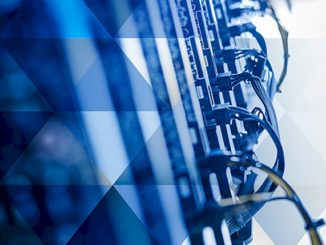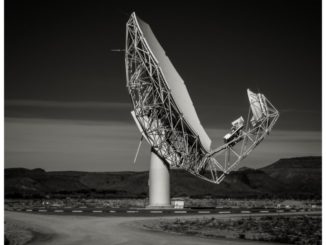
On today’s episode of “The Interview” with The Next Platform we talk about the use of petascale supercomputers for training deep learning algorithms. More specifically, how this happening in Astronomy to enable real-time analysis of LIGO detector data.
We are joined by Daniel George, a researcher in the Gravity Group at the National Center for Supercomputing Applications, or NCSA. His team garnered a great deal of attention at the annual supercomputing conference in November with work blending traditional HPC simulation data and deep learning.
George and his team have shown that deep learning with convolutional neural networks can provide many orders of magnitude speed up compared to traditional signal processing methods for gravitational wave analysis, while retaining the same accuracies and being more resilient to anomalies in the LIGO data, as he describes in the audio below.
Gravitational wave (GW) astronomy has already initiated a new era in science. Before this, everything known in astronomy and astrophysics was through electromagnetic observations (light) but now we have an entirely new means of observing the universe, even events that are invisible.
This research is focused on enabling real-time “multimessenger” astrophysics, i.e., coincident observations of astrophysical events with both gravitational wave detectors and telescopes such as the upcoming LSST, which promises groundbreaking discoveries.
George and his colleagues at NCSA have also recently shown that we could successfully recover true gravitational waves detected by LIGO using deep learning. We are now working with other members of LIGO to incorporate the neural networks into the LIGO data analysis pipelines for real-time detection and parameter estimation in the next observing run of LIGO in 2018.
As detailed in the papers below that we discuss in this episode, deep learning in combination with transfer learning using pretrained neural networks designed for computer vision, to identify anomalous noise transients in the LIGO detectors with state-of-the-art accuracy. These “glitches” can mimic true signals or obscure real events. Citizen scientists in the Gravity Spy project help identify and classify these glitches so that their origin can be tracked down and the LIGO instruments modified to eliminate them. George and team show that the neural networks can achieve similar accuracy to humans thus enabling real-time classification of future glitches. Furthermore, these neural networks can be used as feature extractors for unsupervised clustering algorithms to facilitate finding new unknown classes of glitches/anomalies in a semi-supervised manner.
Deep Learning for Real-time Gravitational Wave Detection and Parameter Estimation: Results with Advanced LIGO Data:
https://arxiv.org/abs/1711.03121
Glitch Classification and Clustering for LIGO with Deep Transfer Learning:
https://arxiv.org/abs/1711.07468




Be the first to comment